Centinela
6283 ft
12.4 mi
14 hrs
10253 ft
Centinela
Sierra de Jimulco, Torreon
6283 ft
12.4 mi
14 hrs
10253 ft
Located in Torreón, Centinela Hill is undoubtedly the most difficult route in the city and one of the most demanding in northern Mexico
individual.warnings.plural
individual.sections.difficulty
individual.sections.whatToBring
To face road conditions, it is recommended to wear the following clothing: hat or cap, buff, sunglasses, long sleeve breathable and resistant t-shirt, breathable, flexible and resistant pants, long socks that protect the ankles, boots or sneakers with good grip.
individual.sections.howToGetThere
individual.sections.location
Leaving Torreón, Coahuila, head to the “Ejido Flor de Jimulco” located to the south of the city, approximately 1 hour and a half from Torreón. You cross villages such as “Nazareno”, “Juan Eugenio”, San José de Zaragoza and Ignacio Zaragoza. Once in the ejido, take a dirt road facing east, that is, towards the mountains, following the light wiring to the base of the mountain until you reach a water fountain, where you can park the vehicle.
individual.sections.parking
The parking lot is located next to a water fountain, at the end of the dirt road.
individual.sections.costsAndSchedule
The completion of this tour does not involve any cost.
individual.sections.additionalEquipment
The reader is invited to prepare the following mandatory items for this tour: headlamp or flashlight, thermal blanket, powerbank or rechargeable battery, sunscreen, complete first aid kit that includes antiseptics, analgesics, anti-inflammatory drugs, gauze, small and large bandages, razor, antihistamines, powdered electrolytes, cotton, sterilized gloves and antibiotic ointment.
individual.sections.routeTrace
The route is quite clear until you reach the stream, from there at kilometer 6.6 you must leave the stream on the right to climb to the summit. The stretch from the stream to the summit is quite confusing, it is recommended to go with the route downloaded on Wikiloc and someone who already knows the route. The last kilometer is on a slope where there start to be small pine trees, and downhill the first part can be even more confusing. Likewise, it is recommended to be cautious and pay excessive attention to the route due to the high presence of rattlesnake vipers.
individual.sections.howIsThePath
individual.sections.physicalLevel
individual.sections.technicalLevel
individual.sections.solarExposure
individual.labels.altitude 3125 msnm
individual.labels.elevation 1915 m
According to our nomenclature, the level of physical difficulty of this route is maximum, with a slope of almost 2,000 meters. It is one of the most prominent mountains in the area, covering a total distance of 18.7 kilometers and completing the route in an average time of 12 hours, depending on the pace of the group.


